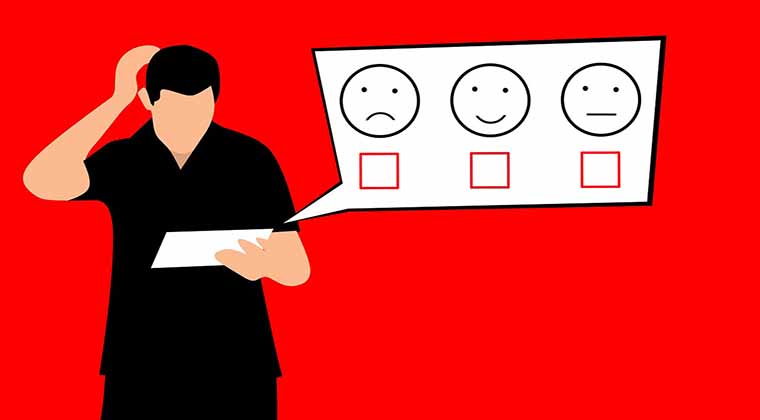By
Holly Terrill
|
Date Published: February 22, 2022 - Last Updated December 05, 2022
|
Comments
 Best of ICMI in 2022 - #3
Best of ICMI in 2022 - #3
When I first began working in the contact center, the many ways we keep track of and measure employee performance shocked me.
- Average Hold Time
- Abandoned Calls
- Total Talk Time
- Refund to Call Ratio (RCR)
- Calls Transferred
- Availability
- Schedule Adherence
- Occupancy
- Service Level
- First Call Resolution
…just to name a few.
I wouldn’t blame anyone for not even making it through the entire list before skimming and moving on to the next paragraph.
In the contact center industry, we both benefit from and are held back by the possible metrics available to us. Due to the plethora of data available, it can be tricky to decide which metrics to consider when identifying success points for your contact center. Metrics can help us evaluate performance factors such as efficiency, operations, sales, quality, and schedule adherence, but we cannot forget to keep our people top of mind when determining which metrics to prioritize. After all, happy people lead to happy customers.
Effective programs for contact center measurement consider the important social skills, as well as center data and statistics. Determining the metrics that are measured goes beyond gut feelings; contact center leaders must also focus on their company’s goals and strategic initiatives. Here are five metrics I find I focus on so that our employees are more engaged and thrive:
Customer Satisfaction
Measuring Customer Satisfaction is essential for gathering the customer's perspective regarding their interactions with your organization.
Some organizations use after-phone surveys, while others use online or electronic surveys to gather customer input. Regardless of the method your organization chooses to incorporate, leaders must make sure to balance customer feedback with organizational mission, vision, and values.
One other caveat: please keep in mind that the vocal few who opt into these surveys don't always represent your greater customer base. It's important to dig in and research the customer feedback to help identify actionable solutions to any concerns.
Interaction Quality and Accuracy
Reviewing your Interaction Quality and Accuracy is the best way to identify opportunities for improvement and to provide positive feedback to agents about performance. Quality scorecards typically track interaction flow, along with any required disclosures, and help an agent keep the call with the customer on track. In our organization, the Quality Review team monitors our interactions, ensuring that agents are providing accurate information and following required policies and procedures.
Cross Sales
Contact center teams usually have products or services that they are expected to educate or sell to their customers during the interaction, and Cross Sales, or sales tracking, is a useful means of checking that expectation. Tracking cross-sell opportunities allows leaders to confirm the agents are following through.
Additionally, in our contact center, we focus on educating our members on options for self service. It’s essential for our customers to know that we have tools and resources that make it easy for them to take care of their needs anytime and from anywhere.
Average Handle Time
Also referred to as Average Talk Time, Average Handle Time can be a good indicator of whether or not an agent is spending too much or too little time with their customers. Not every interaction will be quick, but with time and experience agents will be able to deliver excellent customer service experiences without dragging the interaction out or creating the need for follow-up calls. Depending on the organization, agents may have goals involving their handle time, which may require them to focus on the number of calls completed.
Remember that shorter is not always better. In my organization, through quality call reviews, we identified that customers were not receiving enough support in their first call to satisfy their needs, thus creating additional calls — so we began tracking our first call resolution. Once we made the change to focus on preventing unnecessary callbacks, our average handle time increased, but the number of overall calls decreased, which allowed us to spend more value-added time with our customers.
Employee Engagement
Looking to ensure that you as a leader are able to help create a workplace that employees want to come to? This is where Employee Engagement comes in handy. It takes an intentional effort to create an environment that actively empowers your team to own and take pride in their successes.
-----
Technology provides at our fingertips more information than we can possibly hope to use. Still, it’s reassuring to know we have a range of ways to gauge how we’re doing in balancing our service to the customers with employee satisfaction and company success.